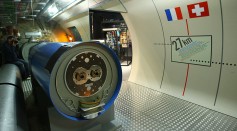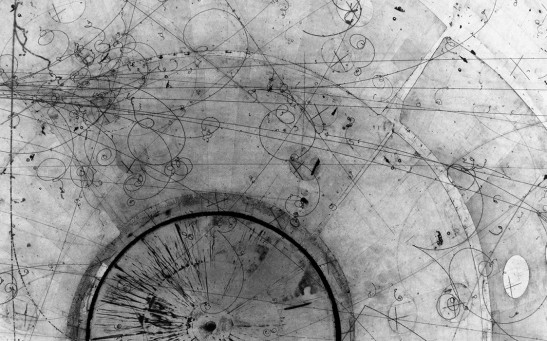LHC
Miniature Particle Accelerator Powers Free-Electron Laser, Opening Possibilities for Smaller, Cheaper FEL Setups
Generating Antimatter by High-Intensity Lasers Possible by Producing Plasma-Level Energy Similar to Neutron Star
Physicists Discover Charm Mesons Oscillation Between Particle and Antiparticle State, Opens Discovery of Particles Outside the Standard Model
Dark Matter Origin Still a Mystery: Is It More Than a Cosmic Anomaly?
CERN Scientists Discover Four New Elementary Particles

CERN Discovery Offers Insight About the Antimatter - Matter Discrepancy
Research on a Grand Scale: Over 5,000 Scientists Come Together for Record-Breaking Publication
Large Hadron Collider Could Prove the Existence of Star Trek's Parallel Universe
Most Popular

How Technology Is Changing the Real Estate Industry?

Study Reveals High Turnover in Scientific Research Careers: What This Means for Future Scientists

How a Plant-Based Diet Can Protect Against Breast Cancer: Insights from Nutrition Research

Nikolay Karpenko Biography, Photo, Career, Accomplishments






